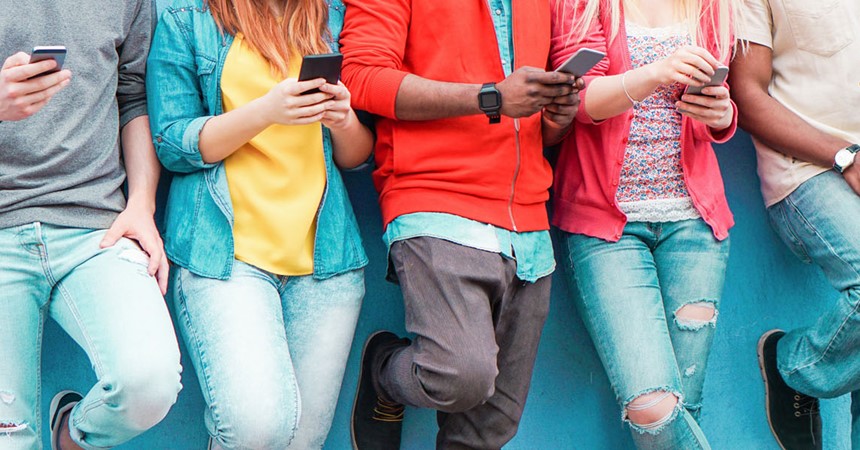Worrying about these statistics is far from alleviated when we see our children become more closely enmeshed with their peer group, drifting further from our parental influence as they progress towards adolescence with heads bent low over their devices, thumbs moving at the speed of light. This understandably leads to concerns about whether there is a link between social media use and mental health for our young people. The answer is not straightforward because there is no one cause for mental illness, but rather a complex interplay between social, biological and environmental factors.
However, access to social media in the Australian population is prolific – there are 17 million active Facebook users every month (in a population of 24 million)! Cyber-bullying, trolling and a compare and despair culture all have a significant negative impact on well-being, and so usage and exposure to social media is important to consider. But are all social media platforms detrimental? Are they equally as good or bad as one another?
In a survey ranking YouTube, Twitter, Facebook, Snapchat and Instagram on their impact on health and well-being of young people, it was found that YouTube had a positive impact on mental well-being, while Instagram was found to be the most negative. If you’ve ever visited these sites you would recognise that you are more likely to go to YouTube for entertainment and information such as tutorials and funny clips. Whereas with the help of filters and modifications, Instagram is a finely crafted, superficial best of showcase – how could reality do anything but disappoint next to what we see there?
As much as I would like to wrap my children up and keep them safe from this potential harm to their self-esteem and mental well-being, with the absolute permeation of technology and devices in our lives, I know that trying to ban them altogether is a futile effort and may lead to their social media use becoming more hidden and secretive. So rather than making Internet and social media use a taboo topic, a conversation about what sites your young person is using and how they are being used, would be more productive. We also know that after friends, parents and family members, young people rate the Internet as a place they would turn to for support, and so exploring credible online sources with your child could also go a long way toward opening a dialogue around early intervention – eHeadspace, Kidshelpline and Youth Beyond Blue have excellent interactive and educational resources for parents and young people.
References:
Flinders University Student Health and Well Information
Headspace
Black Dog and Mission Australia Youth Mental Health Report 2017






















































































